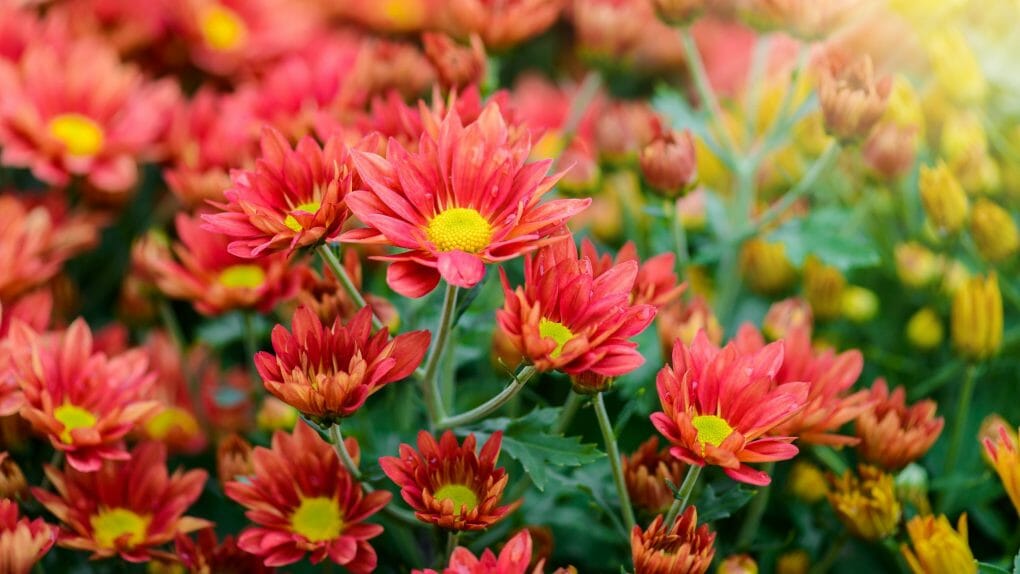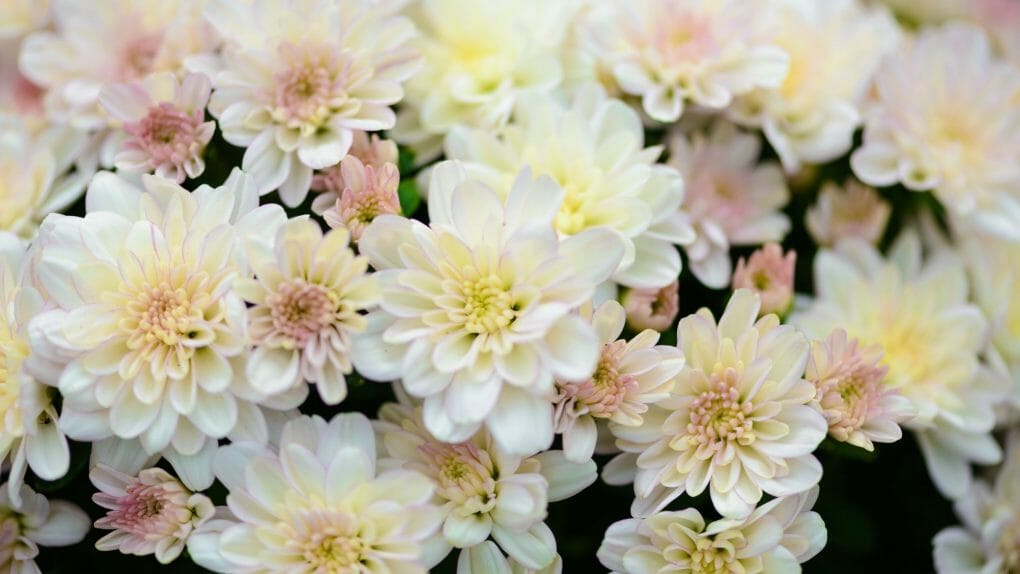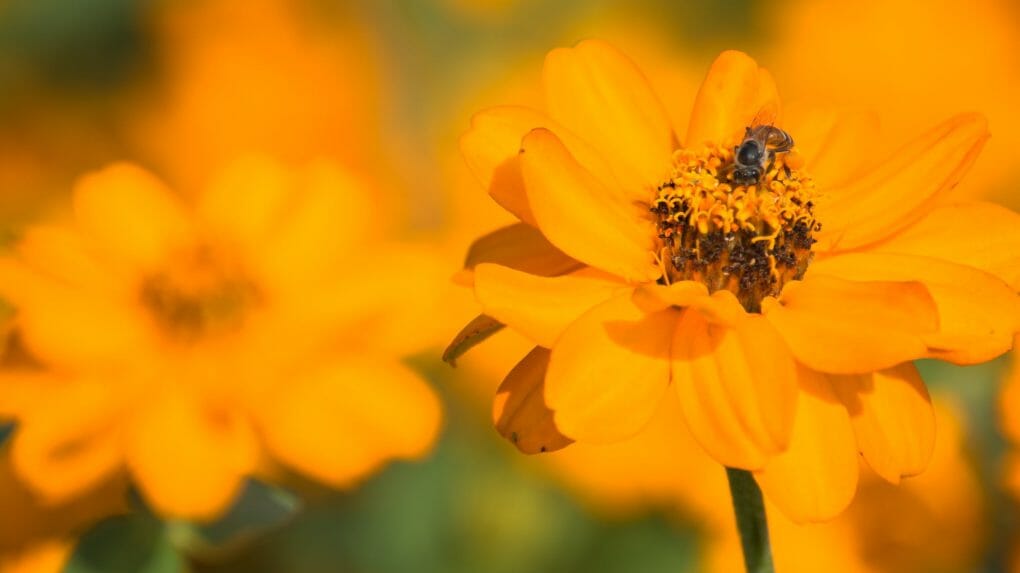Are Zinnias Edible? Know What Part of Zinnia That You Can Eat
Among the edible flowers, you can cultivate in your garden, zinnias are among the most stunning. There’s something about the big size and bright colors of their petals that evokes the promise of a new beginning in the spring or the thrill of summer. Delicious zinnias can be used as edible decorations for baked goods. Adding to the vibrancy of the food they adorn, they are a visual treat in and of themselves.

Zinnias have a flavor that is actually quite bitter, and as a result, they are more commonly used as an attractive garnish than as a flavorful ingredient.
On the other hand, their claim to fame is that they were grown (though not these particular ones) on the International Space Station, and for that, they get a big thumbs up from me! In addition to this, they have chunky petals that are a variety of colors, so they look very pretty.
You still have to be careful when you cook with them. No chemicals, like pesticides or herbicides, should be used on zinnias that will be used in cooking.
Table of Contents
Part of Zinnia You Can Eat
Zinnia is a popular flower that can be enjoyed in various ways. The edible part of the plant is the flower and is safe to eat raw or cooked. Some common preparations of Zinnia include salads, stir-fries, soups, stews, and sauces. Some caution should be exercised when preparing this plant. Although it is possible to consume the entire zinnia, it is best to remove the seeds before using the petals in culinary applications. The flowers can be harvested early in the morning when they are still soft and have a pleasant, sweet fragrance. They bloom during the spring and summer months.
Zinnias are available in many colors and sizes, which makes them attractive additions to any garden or container. They have a bitter flavor that can be accentuated by some salt, so they are best suited for salads or other preparations where added flavors may not be desired.
Zinnia flowers, once dried and edible, can be stored in a container that is airtight. They can also be kept in individual tea bags, protected from moisture and humidity, and kept out of direct sunlight in order to extend the duration of their shelf life.
Simple Methods For Cooking With Edible Flowers
Although they may appear to be difficult to work with, adding edible flowers to dishes you already enjoy is actually a very straightforward and easy way to give them a unique twist. In order to demonstrate to you how simple it is to spruce up your meals, we have compiled a list of some of our favorite ways to use decorative delicacies in your forthcoming meal.

Season Your Salad with Blooms
To add a touch of elegance and flavor to your next salad, try adding some edible flowers. A few examples include chrysanthemums, dianthus, and lavender. Simply cut the blooms into bite-sized pieces and toss them in with your greens before serving.
Add Fresheners to Your Diet Tea
Put a little zip to your diet tea experience, consider using edible flowers as your go-to freshener. A few popular options include jasmine blossoms or yarrow leaves. Steep these flowers in hot water for a few minutes, then let them cool before using.
Put Some Beauty On Your Beverages
If you’re looking for a way to add some visual appeal to your next beverage party, consider using edible flowers as your main decor. Included in this category are calendula blossoms, pansies, and violets. Simply mix the flower material with sugar or honey until you have the desired consistency, and pour it over ice cubes in glass containers.
Add some color and sweetness to your next cocktail party, consider using edible flowers as your main flavor providers. Included in this category are petunias, amaranth leaves, and calendula blossoms.
Use Edible Flowers to Flavor Soups and Stews
Put some flavor without adding bulk or weight to your soup or stew, consider using edible flowers as your main ingredient. A few popular choices include rose hips, chamomile blooms, and lavender buds. Simply simmer the flower material in water until it becomes tender before serving.
Embellish Your Dessert with Flowers
If you’re looking for a way to add some visual appeal and sweetness to your next dessert party, consider using edible flowers as your main decoration. Desserts can be easily dressed up with the addition of edible flowers such as cosmos or zinnias. You can use it to press a flower into cookie dough before baking or to place on top of a cake (with or without frosting).

Put Some Toppings on Your Bread
Looking for a way to add some extra character and flavor to your next sandwich? Try using edible flowers as one of your toppings. Included in this category are rose hips, chamomile blossoms, and lavender buds. Your preferred sweet or savory toast combination won’t taste much different after adding flowers, but it will have a fresh texture and a fun pop of color.
Are Zinnias Poisonous?
Zinnias are safe for people to eat and are one of many plants that can be eaten without danger. The petals of the Zinnias flower are very known to be used in a number of recipes. Even though the whole Zinnias plant is edible, only the petals are usually used in cooking, and they are said to have a strong taste. If your child or another member of your family eats a piece of a zinnias plant, you shouldn’t worry.
When too much of the Zinnia plant is eaten in one sitting, the animal or person will have some unpleasant side effects, but they should go away on their own after a few hours.
However, if you are concerned about the potential toxicity of zinnias, there are a few things that you can do to minimize your risk. First off, make sure that you know what types of zinnias are safe to eat and which ones may be dangerous. There are several types of zinnias (including common street vendors’ varieties), so it is important to identify the variety in question before consuming it.
Secondly, if you do decide to consume zinnias (and any other plants for that matter), make sure to properly clean them first by rinsing them with water and then soaking them in a bowl or container filled with water overnight. Finally, always avoid eating raw or uncooked produce items because they can contain harmful parasites or bacteria that may cause health issues down the road.
